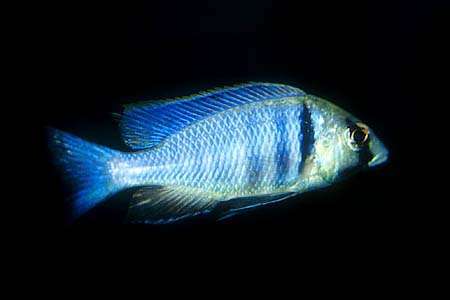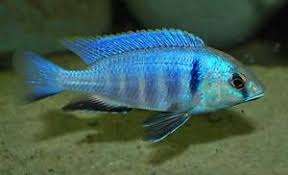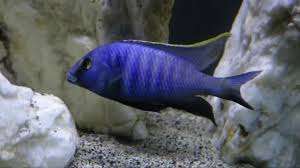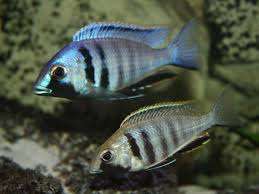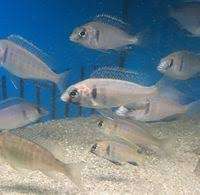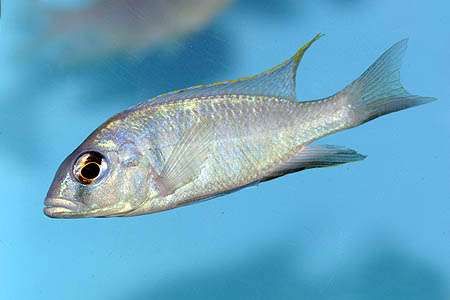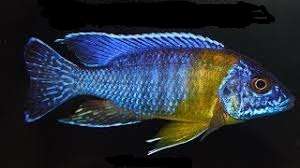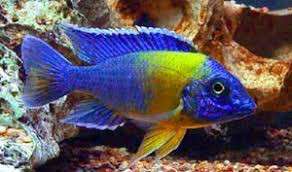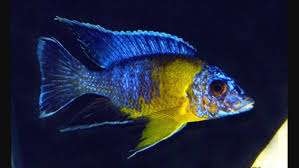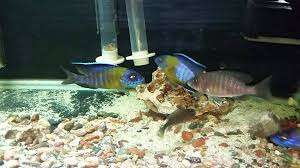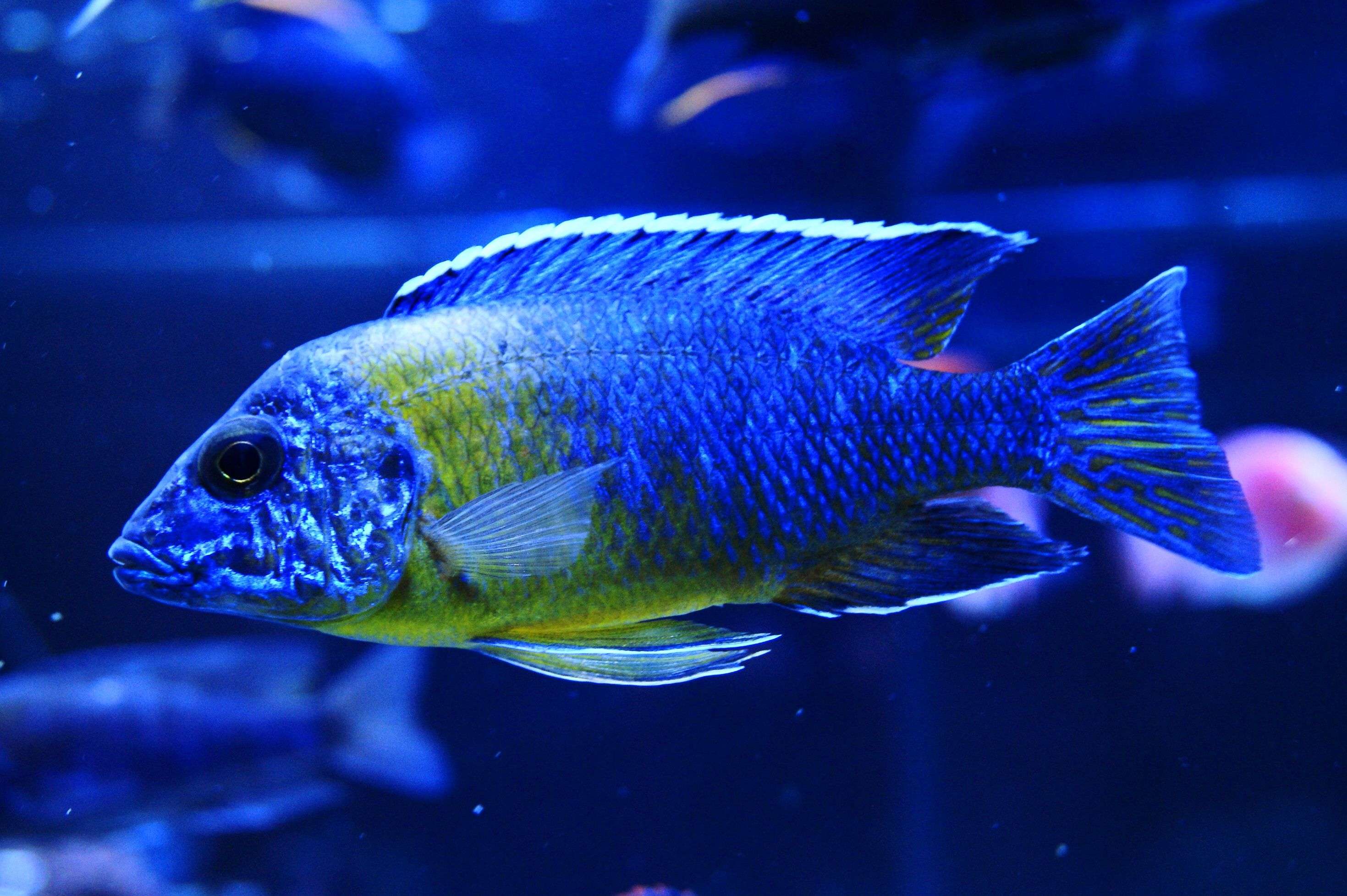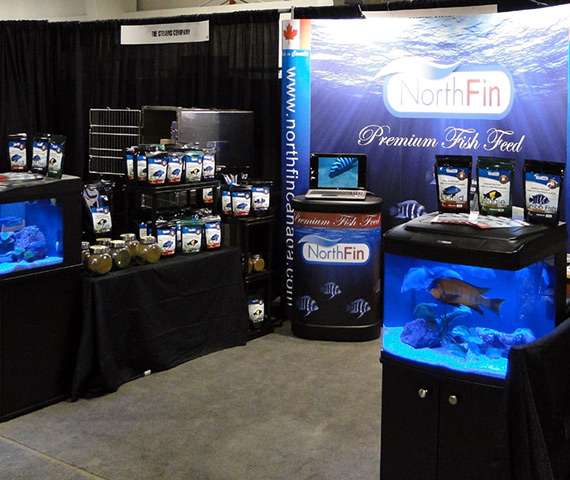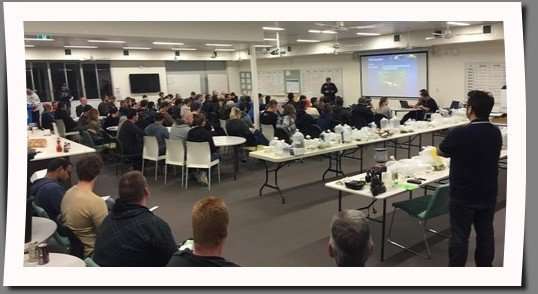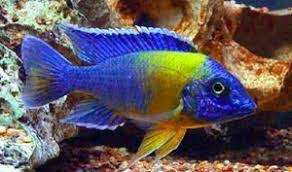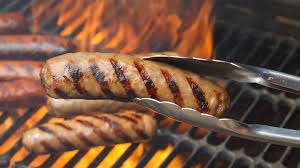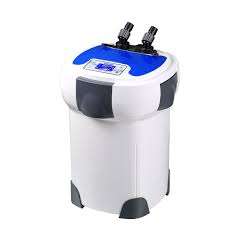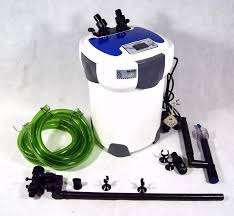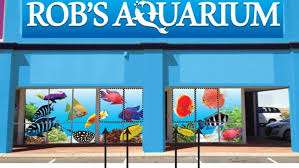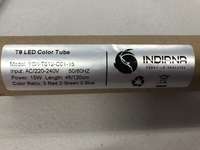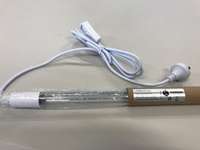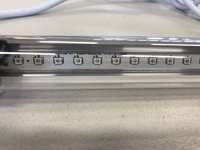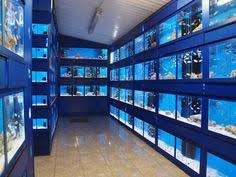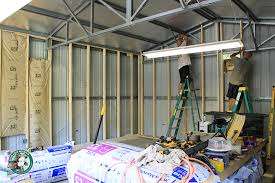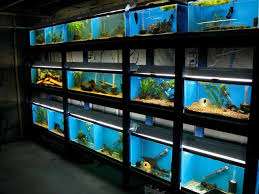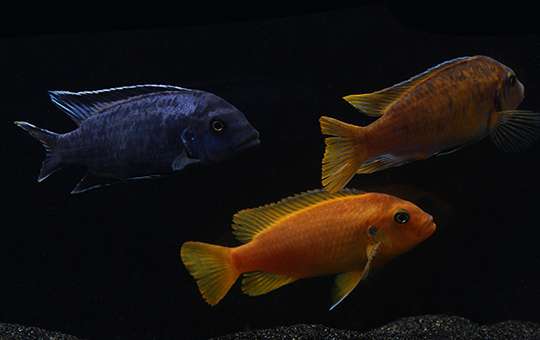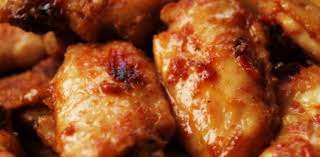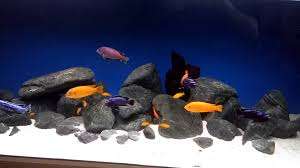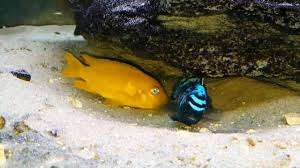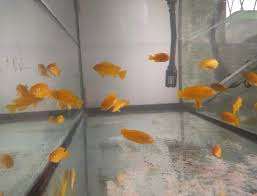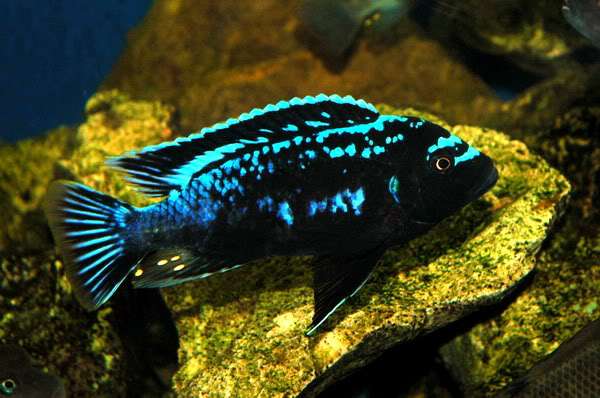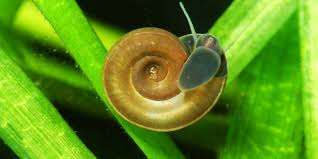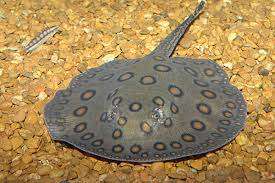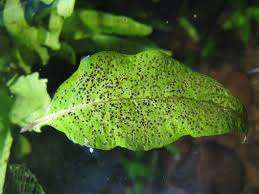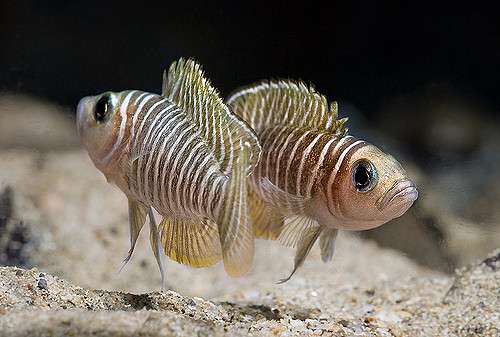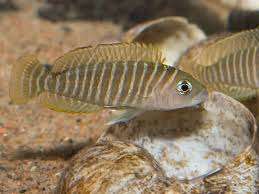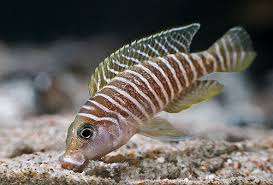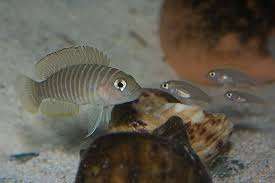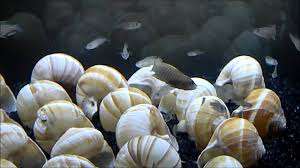 Terrariums, DIY 3D backgrounds & Daz's Saltwater Tank.
Terrariums, DIY 3D backgrounds & Daz's Saltwater Tank.
Everyone should head down to our Tuesday, May 7th - PCS meeting tonight. We have PCS Committee Members coming in to talk all about a few subjects.
- Ash is going to show us his fabulous home made Terrariums. How to construct them and care for them. He will even give one away as a door prize!
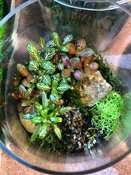

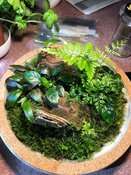
- Brett is going to tell us all about our Fish of the Month - Lamprologus sp. "Ornatipinnis" Kigoma.
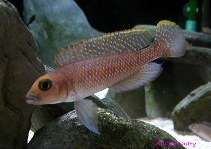
- Mike will show you how to make a DIY 3D background from foam.
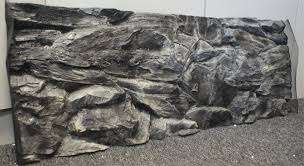

- Darryl is going to give a quick progress report on his new salt water predator tank set up and help explain things he had to overcome.
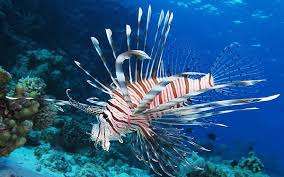
The next meeting of the Perth Cichlid Society will be on Tuesday, May 5th. The meeting will be held at our venue Atwell College, 201 Brenchley Drive, Atwell 6164. We will be opening doors at 7:30pm and starting at 8:00pm. Please park your cars in the car park marked, do not enter the school gates.
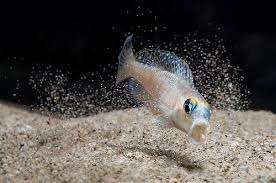
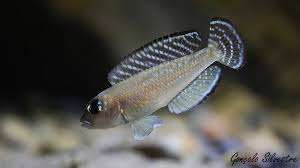
· We will have another Fish of the Month. This month's FoTM is Lamprologus sp. "Ornatipinnis" Kigoma. We will have 2 bags of these beautiful cichlids from Lake Tanganyika. Each bag has a pair of around 4-5cm up for grabs. Learn about the fish, bid to take them home. All proceeds go to Stuart Grant Cichlid Preservation Fund.

· Grab some raffle tickets for our Sponsor prize table full of awesome aquarium hobby items. Heaps of aquarium related prizes prizes to win!! See Darryl 'Dazzabozza and Mike Stormfyre' on the night to grab your tickets.
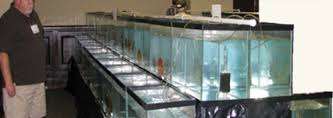
· Why not enter our PCS Showtable competition. Bring ANY cichlid or catfish down to the meeting and you could win sponsor prizes or vouchers. **Small tanks are available at the venue if you PM organiser Ash 'Ashram' on our forums at least a day before you come down. Feel free to bring you own tank and air, but no other items are permitted in tank for judging.
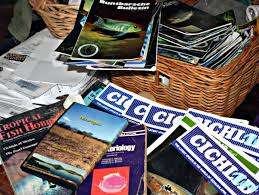
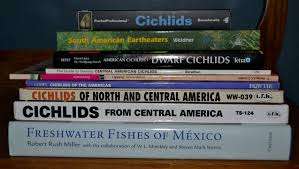
· The PCS Library will be open where you can borrow books, magazines and DVDs of all kinds of cichlid topics. See Craig 'Delapool' on the night to borrow items.
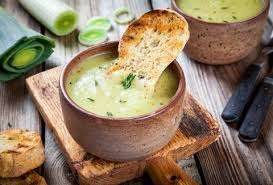
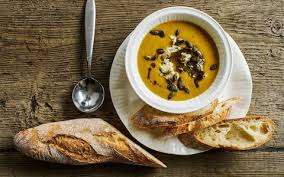
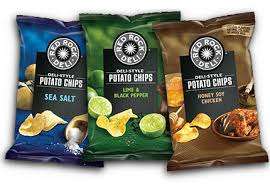

· In the PCS Kitchen we will have some awesome Warm Soups with Crust bread to keep you going. There will be 2 different soups to choose from and keep you warm. We will also have hot and cold drinks and snacks.
Please note -
You can pay cash or we can accept MasterCard, VISA Debit, VISA Credit and PayPal.
General public are welcome to attend, so please bring your friends along.
The doors will open just on 7:30pm to start setting up. Talks will start at 8:00pm.

All are welcome. Hope to see you there Tuesday, May 7th.
Doors open 7:30pm. Meeting starts 8:00pm at Atwell College, 201 Brenchley Drive, Atwell 6164.

Please take note of the new parking area and entry for Atwell College and PCS members.

- Mattatkrta likes this




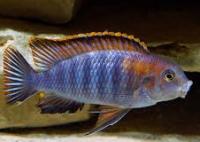
 Find content
Find content


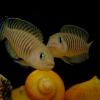

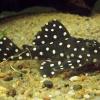
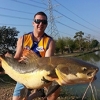
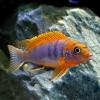
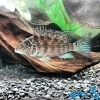
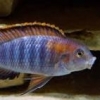 Posted by
Posted by 